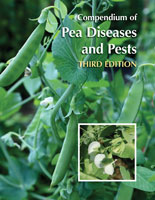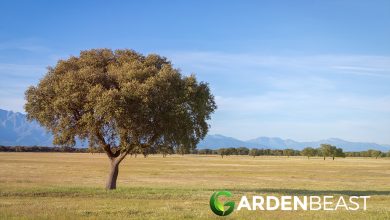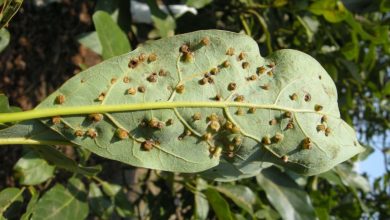How to Fertilize a Nispero: Our Method – Sembrar100
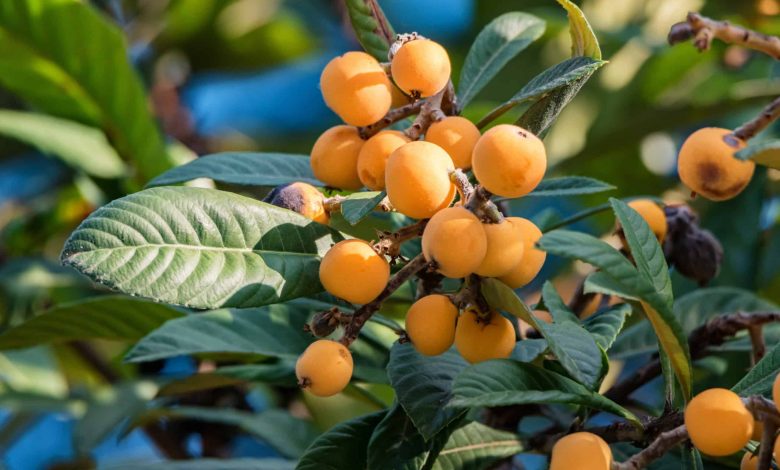
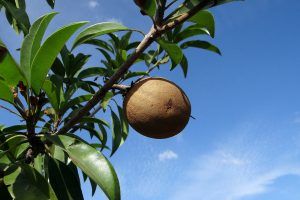 The medlar (Eriobotrya japonica) is a tree native to China, but which was introduced in ancient times to Japan, and from there to the whole world.
The medlar (Eriobotrya japonica) is a tree native to China, but which was introduced in ancient times to Japan, and from there to the whole world.
Like any tree, the loquat deserves to be fertilized to obtain better health results and allow it to be able to generate a large harvest.
What do you have to do so that this result is as you wanted it? The answer to that question is just what we will see below, so do not miss a single detail of what has to do with the fertilizer for medlars.
Why is it important to fertilize loquats?
It is interesting to fertilize medlars, so that the specimens that we have planted reach good health and are very fruitful. There is a mistaken belief that the tree does not need more care or fertilizers for its development.
However, this is a misleading and relative philosophy. Although the medlar as a plant can survive without further care, this is not a sure thing at all. In addition, it is not enough that the medlar tree survives, what we aspire to when planting it is that it bears fruit.
It is clearly demonstrated that to improve their production, the loquat must receive sufficient and correct fertilization. That is, establish a correct balance between nutrients and age of the tree, so once and for all we anticipate that here there are no miracle recipes.
How often should we pay the medlars?
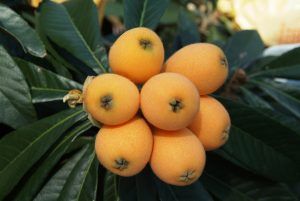 The loquat during its first two years of life must be fertilized monthly in the warm seasons.
The loquat during its first two years of life must be fertilized monthly in the warm seasons.
At this stage, the subscriber should be based on products that contain nitrogen, since it is very valuable for growth and early development.
After two years of life, nitrogen can be supplied every three months. In addition, the tree will also need phosphorus and potassium, which must be added during the fruiting period (fruit production).
After harvesting, it is recommended to fertilize again with phosphorous and potassium. Thus, the medlar tree will have greater vigor for when it is time to flower and bear fruit again.
What nutrients do loquats need?
As nutrients, medlar trees mainly need nitrogen (N) in their growth phase.The need for this nutrient is mainly due to the fact that the medlar tree has very superficial roots. For this reason, nitrogen must be readily available.
Then, in its fruiting phase, its requirements are oriented more towards phosphorus (P) and potassium (K). These will help to obtain fruits in greater quantity and better quality. In addition, these improved fruits, thanks to the contribution of phosphorus and potassium, will have greater nutritional value.
Although these nutrients are present in nature, we must help our loquat by supplying them with these necessary elements.
What kind of fertilizers do loquats need?
At the time of growth of the young medlar tree it is very appropriate to use urea salt.
Urea salt fertilizers are rich in nitrogen, which will be a very valuable element for our loquat in the process of becoming a healthy and productive adult.
Fertilizers based on anhydrous ammonia can also be used. These types of products have a very high nitrogen content and help growth. On the other hand, it is advisable to supply it with a fertilizer made with dried poultry feces, the well-known guano. This brings phosphorous to the tree.
A fertilizer based on ground animal bones (chicken, beef, pork, etc.) is also valid. This is also a good source of phosphorus and calcium. The loquat welcomes fertilizers made from wood ashes. This type of fertilizer is an excellent source of potassium.
The fertilizers with phosphorus, calcium, and potassium already mentioned will be of great value in the flowering and fruiting process of the plant.
How do we prepare fertilizer for medlars?
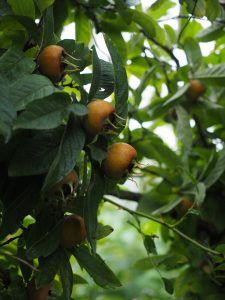 In the case of compost made from dried poultry feces, the way to prepare it is to take the dried bird feces and grind it.
In the case of compost made from dried poultry feces, the way to prepare it is to take the dried bird feces and grind it.
These can be ground in several ways, a simple one is to crush them with a heavy element such as a hammer or roller. The resulting powder will be the compost.
In the case of ground bone compost, use bones that do not have any attached tissue. The bones are incinerated until they are very weak (this can be done in the yard by means of a home fire).
Subsequently, the cremated bones are ground. And the resulting powder will be the fertilizer. Needless to say, wood ashes are obtained from burned wood, this is an inexpensive but valuable fertilizer.
Urea salt is prepared by placing five grams of product per liter of water. This way you will have liquid fertilizer. You can also place grains of urea salt on the ground arranged around the loquat and one meter away from the trunk.
In the case of anhydrous ammonia, it is used dissolved in water, so it will be used as a fertilizer or liquid fertilizer. One gram of product is placed per twenty liters of water.
Anhydrous ammonia injections are also marketed. These are injected into the ground about ten inches. The latter injection method is used before the trees are planted. In other words, it is a pre- plant fertilizer.
How do we detect if the medlars need fertilizer?
They detect if the medlars need fertilizer, looking at the following characteristics:
- If you see the young medlar with little growth and weak, it means that it needs nitrogen fertilizers.
- If, on the contrary, the tree has already grown and its fruits are deficient, you will be in the presence of a lack of phosphorus.
- If you see poor blooming and discolored leaves, your medlar probably needs potassium.
- If the branches are weak, the medlar must be fertilized as soon as possible, with fertilizers that have calcium, phosphorus or potassium.
There are also fertilizers that combine these three elements and that can help you. With responsibility, attention and action you will have success with the health and harvest of your medlars.
Bibliographic references
- Cultivation of the Japanese loquat, Eriobotrya japónica, in Spain, ÁR Pérez – Rural life, 2000 – mapa.gob.es
- Establishment of criteria for the rational fertilization of the Japanese Loquat (Eriobotrya japónica Lindl.), E Soler López – 2016 – riunet.upv.es
- Use of composted sewage sludge as a percentage component of Substrates in two propagation methods of Loquat (eriobotrya japónica), in the Province …, WG Paucar Paucar – 2020 – repository.utc.edu.ec
- Effect of citric and ascorbic acid to reduce the activity of polyphenoloxidase in medlar pulp (Eriobotrya japónica), R Delgado Medina, G Hurtado Guevara – 2020 – repository.unprg.edu.pe
Maybe you are also interested in:

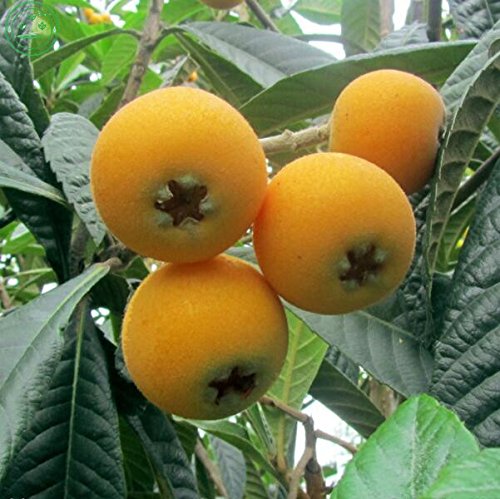
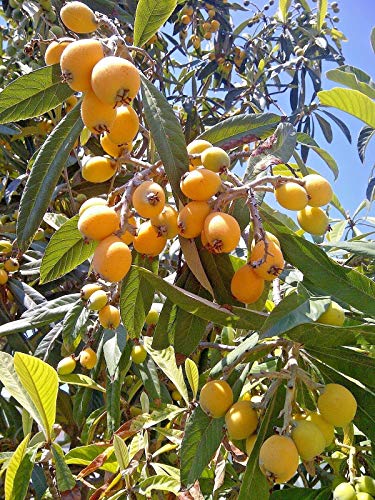
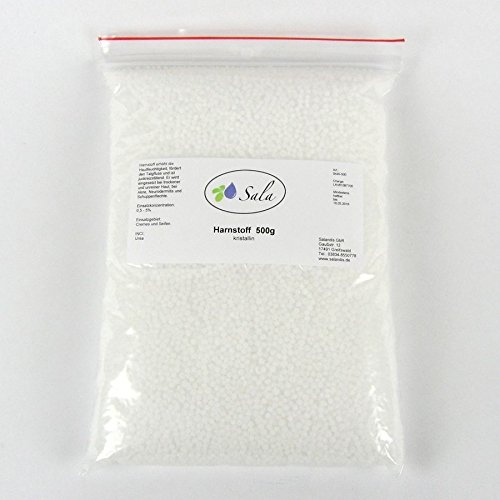
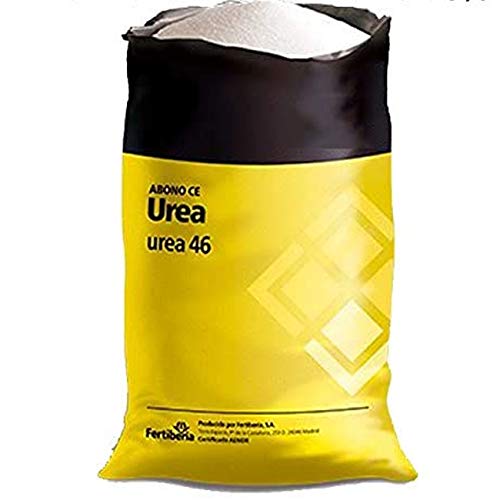
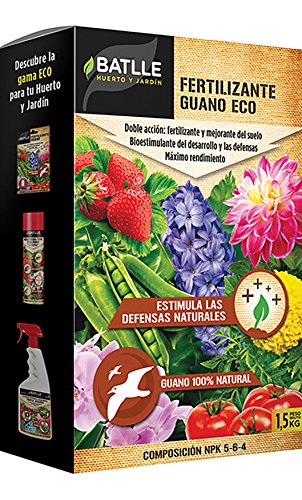
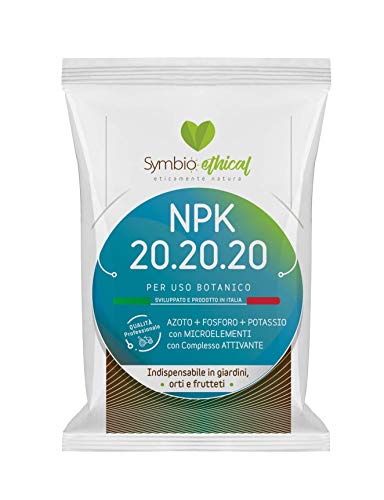
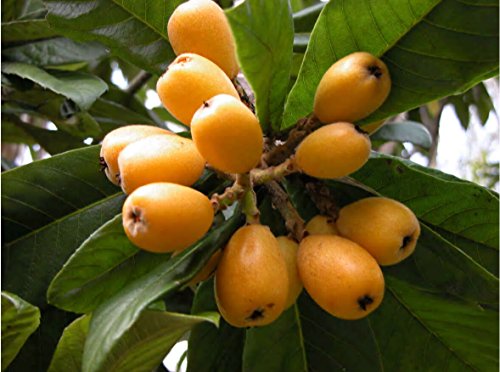
![Photo of Wheat Pests and Diseases: [Detection, Causes and Solutions]](https://www.complete-gardening.com/wp-content/uploads/2022/08/wheat-pests-and-diseases-detection-causes-and-solutions-390x220.jpg)
